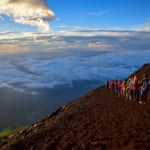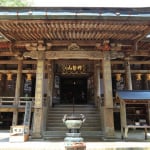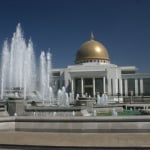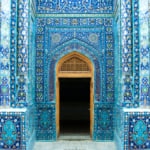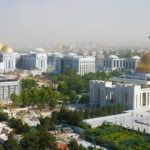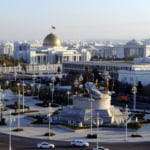Name: State Historical and Cultural Park “Ancient Merv”
Address: Merw, Turkmenistan
Official/Related Site URL: http://whc.unesco.org/en/list/886
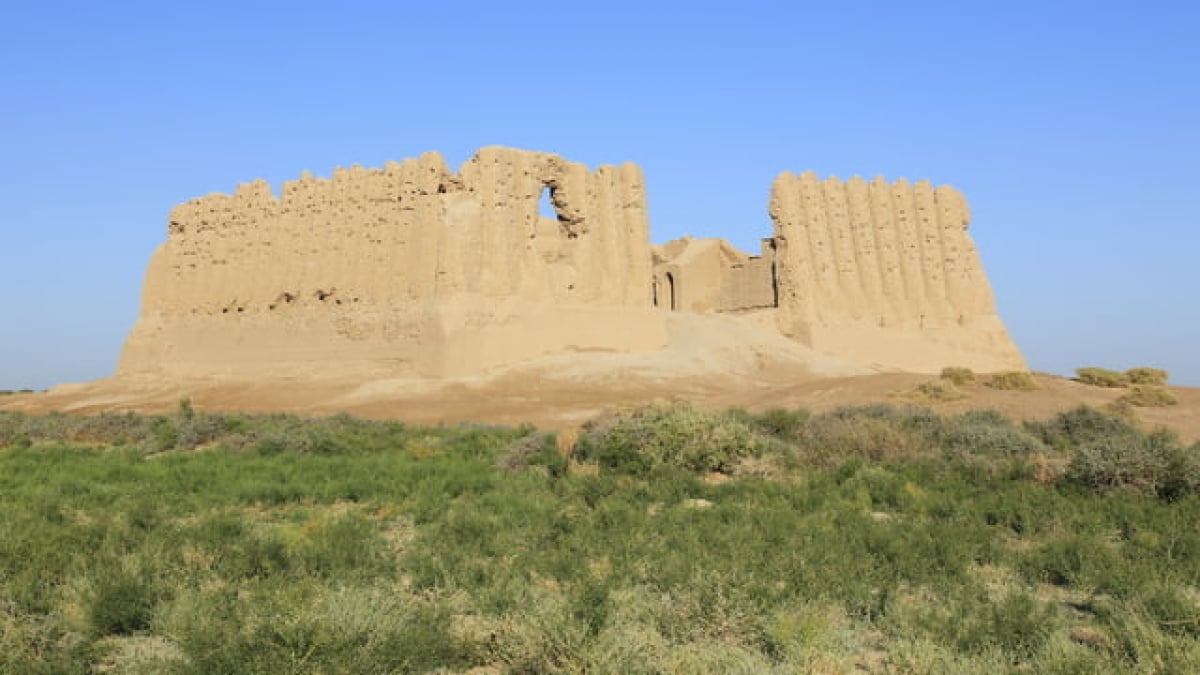
The Largest Ruins in Central Asia, Located in Turkmenistan! World Heritage Site “Ancient Merv”
Located north of Iran and Afghanistan, Turkmenistan is a Central Asian country crossed by the Silk Road. Within this country lies the ruins of what is said to be the largest oasis city in Central Asia. It thrived not only as a relay point for East-West trade but also, at first, as a center for Buddhism and later for Islam.
Today, only massive walls and a few buildings remain, but they are enough to give a vivid sense of how active Silk Road trade once was. Due to its immense historical value, it was inscribed in 1999 as Turkmenistan’s first UNESCO World Heritage Site under the name “State Historical and Cultural Park ‘Ancient Merv.’” If you’re interested in Silk Road tourism, this is an unmissable heritage site.
table of contents
[x] close
The Largest Ruins in Central Asia, Located in Turkmenistan! World Heritage Site “Ancient Merv”
What is the State Historical and Cultural Park “Ancient Merv”?
Merv is an oasis city located within the Karakum Desert, which covers about 70% of Turkmenistan’s territory. Its history is very old—it is believed to have existed as early as the 6th century BC during the Achaemenid Persian period. The characteristic circular walls that still remain are thought to date back to that time.
By the 3rd century AD, a square wall called “Gyaur Kala” had been built outside the circular wall “Erk Kala.” Later, an oval wall was constructed beyond that, creating a massive fortified city where the distance between two of the walls extended over 3 kilometers. Buddhism is thought to have been introduced to Merv around the 1st century AD, and within the walls were temples and stupas, with statues and scriptures unearthed in excavations.
In the 7th century, the city surrendered after an attack by Islamic forces and became a base of Islamic rule in Central Asia. Merv reached its peak during the Seljuk period in the 11th–12th centuries, with a population said to have reached one million. At the end of the 11th century, Prince Sanjar of the Seljuks established his palace in Merv, and court culture flourished. However, in 1221, the city was attacked by the army of Genghis Khan, and all inhabitants were massacred. Merv was reduced to ruins and was never rebuilt.
Access to the State Historical and Cultural Park “Ancient Merv”
In Turkmenistan, Merv is called Mary. Today’s Mary is the country’s fourth-largest city. Mary International Airport is located about 20 km west of the Merv ruins, so it’s recommended to fly there from Ashgabat, the capital of Turkmenistan. A transit via Beijing or Bangkok may be needed.
From the airport to the Merv ruins, you can take a taxi or first head into Mary city to find a tour company.
Highlights of Merv ①: Erk Kala
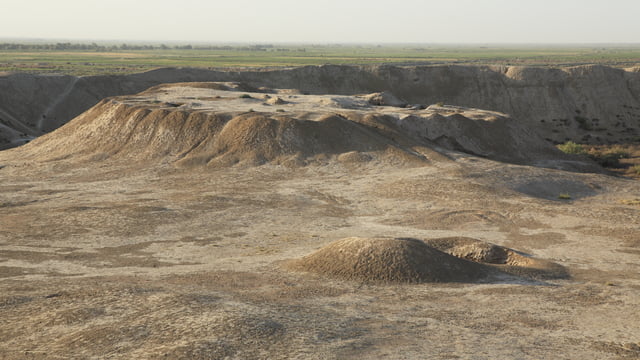
First, visit Erk Kala, the starting point of World Heritage Merv. Its high, raised, circular mud-brick ramparts look more like an outer rim mountain than castle walls, and they are impressive both from afar and up close. No buildings remain inside, giving the impression of visiting a massive crater rather than ruins.
Building such a massive city in the middle of the desert shows how important Merv was to Silk Road merchants undertaking arduous journeys. Although it is a ruin, climbing over the walls to enter requires a bit of hiking, so wear comfortable clothing.
Highlights of Merv ②: Mausoleum of Sultan Sanjar
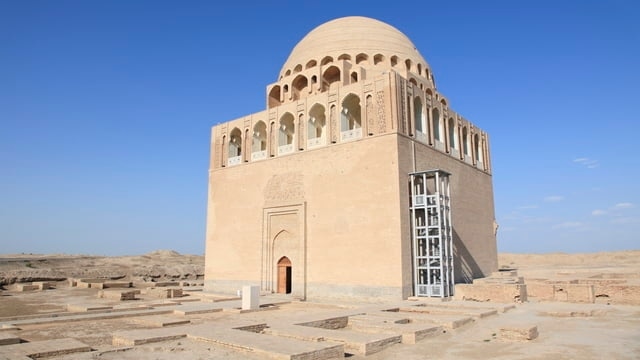
If you find it disappointing that there are no surviving buildings in the ruins, then head to the “Mausoleum of Sultan Sanjar” located in “Sultan Kala,” next to Gyaur Kala. Sultan Kala is also a city site surrounded by vast walls, but in the middle of the almost completely flat ruins stands a single, nearly intact square building.
Ahmad Sanjar was the 8th Sultan of the Seljuk dynasty, who established Seljuk dominance in Central Asia and placed his palace in Merv. However, in his later years, he was defeated in battle, imprisoned, and eventually fled to Merv to attempt a comeback, only to die there.
The mausoleum withstood later Mongol attacks and natural disasters such as earthquakes, and today it remains the only surviving building in the World Heritage Merv. Though simple in design, knowing its history makes it all the more fascinating as a testament to Merv’s advanced architecture.
Highlights of Merv ③: Gyaur Kala
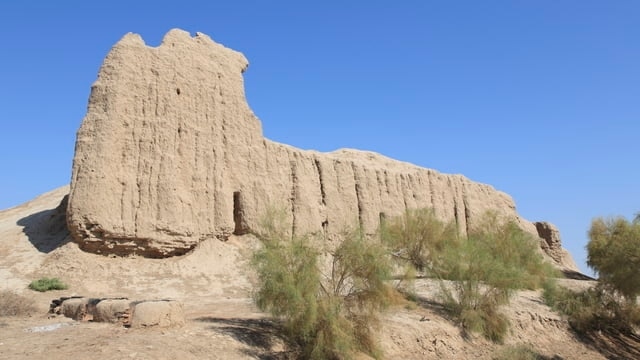
Outside the circular Erk Kala lies the nearly square-walled Gyaur Kala. Covering an area said to be 60 square kilometers, it would be difficult to walk through all of Gyaur Kala’s corners.
If time allows, visit the Buddhist temple ruins in the southeast corner. Buddhism is thought to have reached Merv around the 1st century AD and then spread to China soon after via the Silk Road. This means Merv played an indirect but significant role in the transmission of Buddhism. This alone shows why Merv deserves its World Heritage status.
At the center of Gyaur Kala are the remains of a mosque. Only weathered mud walls remain, but they are a valuable visible relic among the Merv ruins.
Summary
We have introduced Turkmenistan’s first World Heritage Site, the “State Historical and Cultural Park ‘Ancient Merv.’”
This oasis city flourished from before the Common Era and boasted one of the largest populations in the world at the time as a key Silk Road hub. Why not visit Turkmenistan and experience its overwhelming scale for yourself?
RELATED ARTICLES
REGIONS
CATEGORIES
FEATURED ON Turkmenistan
MOST POPULAR ON Turkmenistan
-
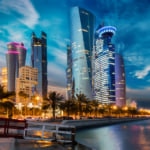 1
1Doha: Must-see Attractions in the Capital of Qatar
-
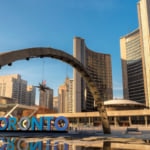 2
2Toronto: 10 Things to do in this Picturesque Canadian City
-
 3
3Amarillo: A City Famous for It’s Amazing Canyons, Great History and Music
-
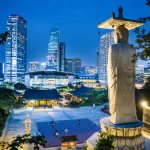 4
4South Korea: Dazzling Scenery, Rich Culture and Fascinating History
-
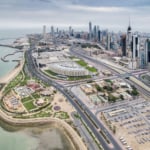 5
5Kuwait: A Country in Middle East Asia Famous for Hot Sand Dunes and Stunning Cityscape

